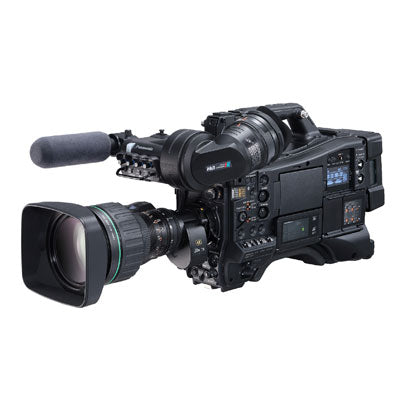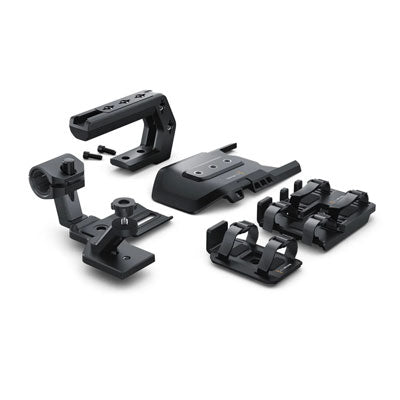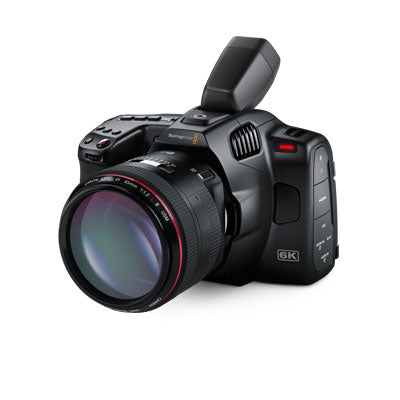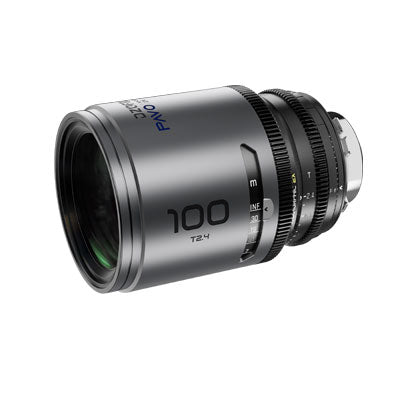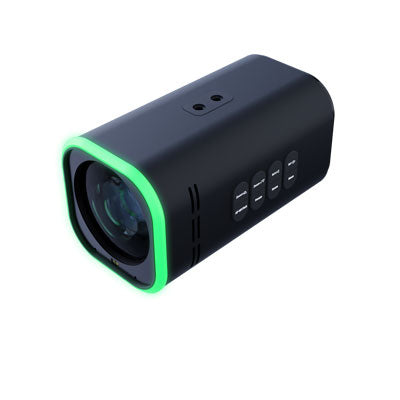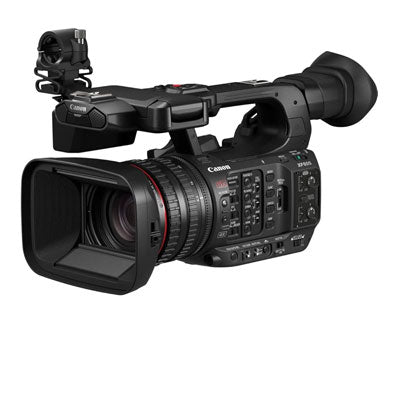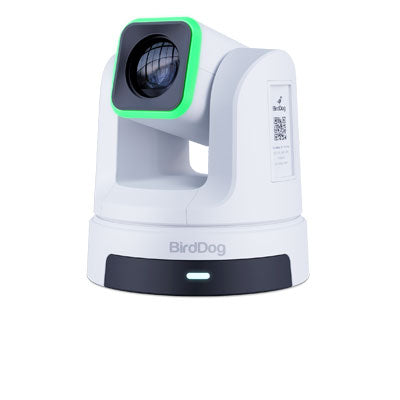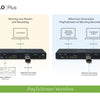DaVinci Resolve System Requirement

DaVinci Resolve 19 is a professional video editing and color correction software that requires specific hardware configurations to function optimally.
Below are the minimum system requirements for different operating systems:

Minimum system requirements for Mac OS
- Operating System: macOS 13 Ventura or later
- Memory: 8 GB of system memory (16 GB recommended when using Fusion)
- Processor: Apple Silicon-based computer or Intel Core i7
- Graphics: Integrated GPU or discrete GPU with at least 2 GB of VRAM, supporting Metal
-
Storage: Fast Solid State Drive (SSD)
Minimum system requirements for Windows
- Operating System: Windows 10 Creators Update or later
- Memory: 16 GB of system memory (32 GB recommended when using Fusion)
- Processor: Intel Core i7 or AMD Ryzen 7
- Graphics: Integrated or discrete GPU with at least 4 GB of VRAM, supporting OpenCL 1.2 or CUDA 12
-
Storage: Fast Solid State Drive (SSD)
Minimum system requirements for Windows for Arm
- Windows 11 for ARM.
- Qualcomm Snapdragon X Elite series processor.
- Recommended: 16 GB of system memory. 32 GB for 4K or when using Fusion.
Minimum system requirements for Linux
- Operating System: Rocky Linux 8.6 or CentOS 7.3
- Memory: 32 GB of system memory
- Graphics: Discrete GPU with at least 4 GB of VRAM, supporting OpenCL 1.2 or CUDA 12
-
Storage: Fast Solid State Drive (SSD)
Additional Considerations:
-
Graphics Processing Unit (GPU): DaVinci Resolve 19 is highly GPU-dependent. A powerful GPU with sufficient VRAM is crucial for smooth performance, especially when working with high-resolution footage or complex effects.
-
Random Access Memory (RAM): While the minimum requirements specify 16 GB for Windows and 8 GB for macOS, having 32 GB or more is advisable for intensive tasks, particularly when using Fusion for visual effects.
-
Storage: Utilizing a fast SSD ensures quicker load times and more efficient data handling during editing sessions.
To ensure optimal performance with DaVinci Resolve 19, selecting the appropriate GPU and storage solutions is crucial. Here's a detailed guide:

Recommended Graphics Processing Units (GPUs):
DaVinci Resolve 19 is highly dependent on GPU capabilities, especially when handling high-resolution footage, complex effects, and AI-based features. A powerful GPU with ample Video RAM (VRAM) is essential for smooth operation. Below are some recommended GPUs:
-
NVIDIA GeForce RTX 3060 (12GB VRAM): This card offers a balance between performance and affordability. Its 12GB VRAM is beneficial for handling 4K editing and effects-intensive projects.
-
NVIDIA GeForce RTX 3070 and RTX 3080: These GPUs provide increased performance suitable for more demanding tasks, including extensive color grading and Fusion effects.
-
NVIDIA GeForce RTX 3090: For professional users requiring top-tier performance, the RTX 3090, with its substantial VRAM, is ideal for 8K editing and heavy Fusion compositions.
Considerations:
-
VRAM: A minimum of 8GB VRAM is recommended for 4K workflows. For more intensive tasks, 12GB or more is advisable.
-
CUDA Cores: Higher CUDA core counts can enhance performance in GPU-accelerated tasks within DaVinci Resolve.
Recommended Storage Solutions:
Efficient storage solutions are vital for smooth playback, quick data access, and overall system responsiveness. Here are some recommendations:
-
NVMe Solid State Drives (SSDs): These drives offer high read and write speeds, significantly reducing load times and improving real-time playback performance.
-
SATA SSDs: While not as fast as NVMe SSDs, they still provide substantial speed improvements over traditional Hard Disk Drives (HDDs) and are cost-effective.
-
RAID Configurations: For projects requiring large storage capacities with high-speed access, RAID 0 configurations can offer increased performance. However, they lack redundancy, so implementing RAID 5 or RAID 10 can provide a balance between speed and data protection.
Additional Tips:
-
Dedicated Media Drives: Storing your media files on a separate drive from your operating system can enhance performance and organization.
-
Regular Maintenance: Ensure your storage drives have sufficient free space and are defragmented (for HDDs) to maintain optimal performance.
By investing in a robust GPU and fast, reliable storage solutions, you can significantly enhance your experience with DaVinci Resolve 19, ensuring smoother workflows and more efficient editing processes.
-
Posted in
DaVinci Resolve










